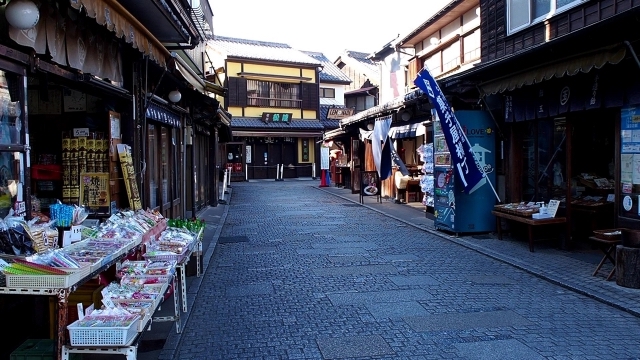Many foreign visitors often tell me how amazed they are by the cleanliness of Japanese cities — “There’s not a single piece of trash on the streets!” they say. As a Japanese person, I feel proud to hear that. But when they ask, “Why is Japan so clean?”, I sometimes struggle to give a clear answer.
Since I used to be a schoolteacher, I often explain that in Japan, students clean their classrooms — not only the classrooms but also the restrooms, hallways, entrances, even the teachers’ room — every day after school. Through this routine, children naturally learn to take care of their surroundings. This answer usually satisfies people, but to be honest, it doesn’t completely satisfy me.


When I was a child, our towns were not this clean. Cigarette butts, empty cans, bottles, and snack wrappers were everywhere. Some adults even relieved themselves on the street. Embarrassingly, when I was a college student in the late 1970s, I used to smoke while walking and toss my cigarette butts on the ground without hesitation. That was normal back then.
I live in Saitama, near Tokyo. From the 1960s, the population here grew rapidly. Household wastewater and garbage flowed into nearby rivers. My father used to say that fish once swam in those clear streams, but by my childhood, the rivers were muddy, smelly, and full of trash — even old bicycles and broken appliances.
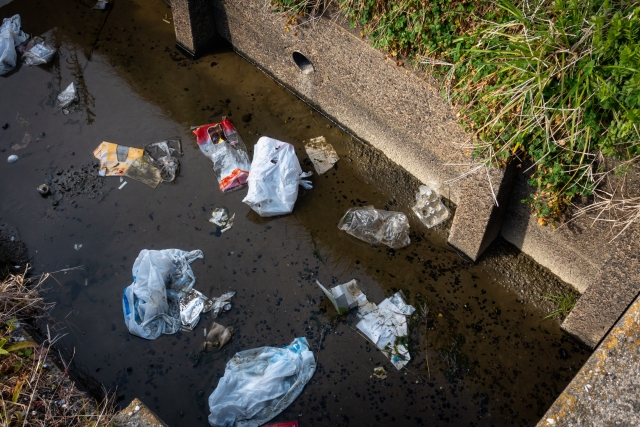
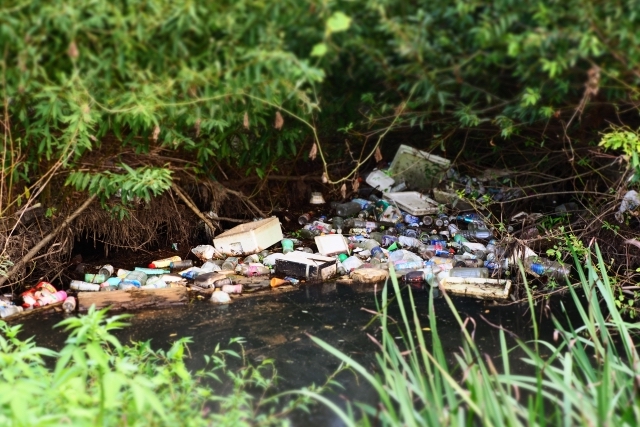
Japan’s rapid modernization and high economic growth from around 1960 brought not only prosperity but also severe pollution. By the mid-1960s, diseases such as Minamata disease and Yokkaichi asthma had become major public issues, and lawsuits were filed against the companies and governments responsible. Environmental awareness spread, and in 1971 the Environment Agency was established. Yet, people’s lifestyles did not change overnight. Littering was still common, and at home, we burned household waste in metal drums — paper and plastic together, without any regulation.
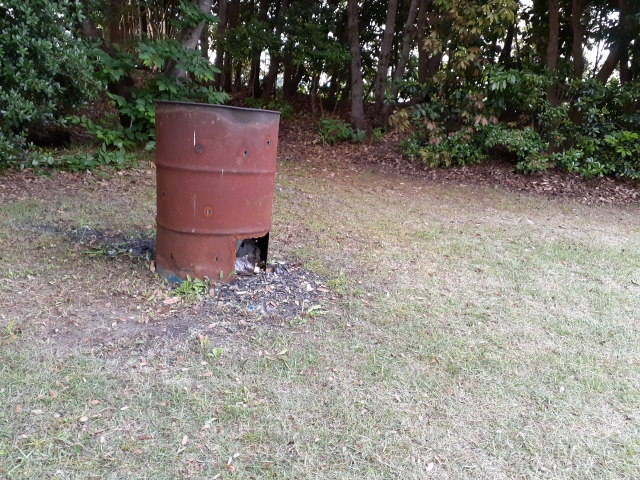
Schools were no exception. Each had an incinerator, and the janitor burned the trash collected by students. I remember the thick smoke rising from burning paper and plastic.
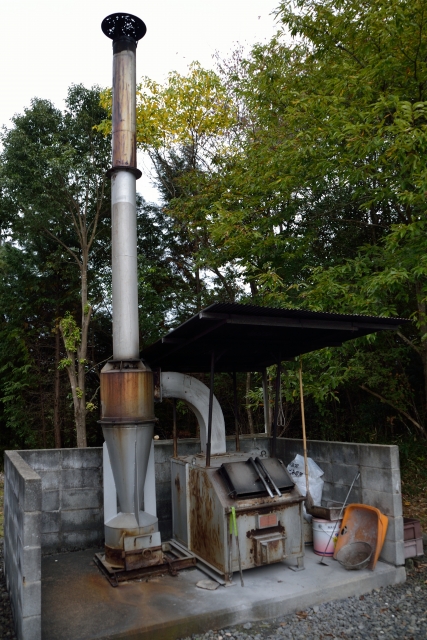
A major turning point came in 1997, when the Ministry of Education banned the use of incinerators in schools. This followed a major incident in Tokorozawa, Saitama, where a waste disposal facility was found to emit high levels of dioxins. Soon after, incinerators disappeared from schools nationwide.
Around the same time, the word “recycle” became widely used. The Home Appliance Recycling Law was enacted in 1997, requiring the collection and recycling of household appliances. Local governments began promoting waste separation, and people started sorting their trash before disposal. Recycling became a habit.
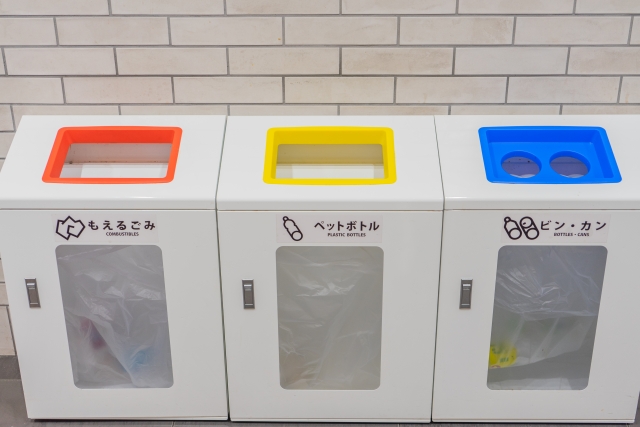
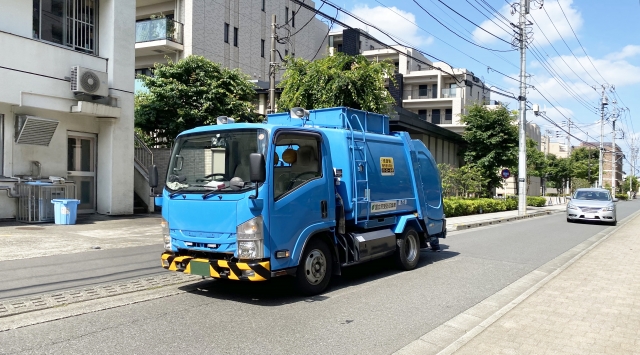
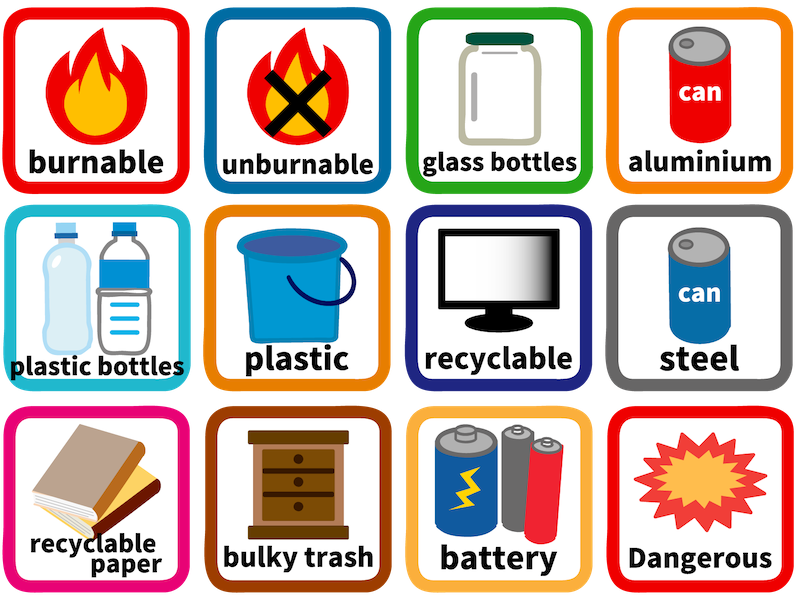
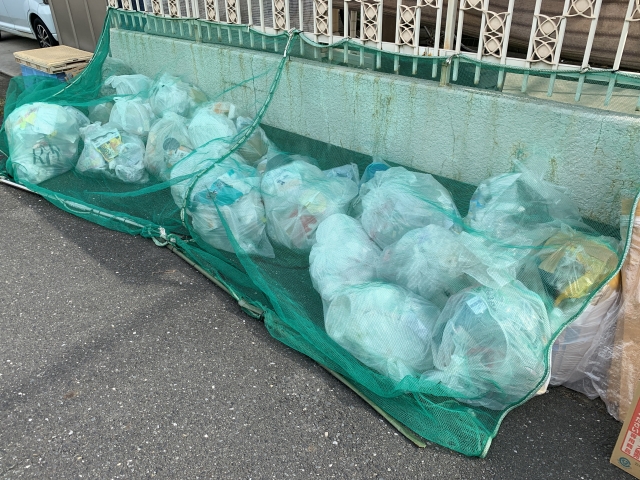
Another significant event occurred in 1995 — the Tokyo subway sarin attack by a cult group. Because of the heightened fear of terrorism, garbage bins disappeared from stations and city streets. People were encouraged to “take your trash home,” and that mindset took root.
In the early 2000s, smoking regulations also tightened rapidly. The dangers of secondhand smoke became widely recognized, and consideration for others became an important social value. When I began teaching in the early 1980s, teachers could smoke freely during meetings — ashtrays were placed on every table. Gradually, smoking areas were restricted, then banned indoors, and now it’s unthinkable to smoke anywhere on school grounds. In society as well, smoking indoors is largely prohibited, and outdoor smoking is limited to designated areas. Some cities even fine people for smoking while walking. As a result, cigarette butts disappeared from the streets.
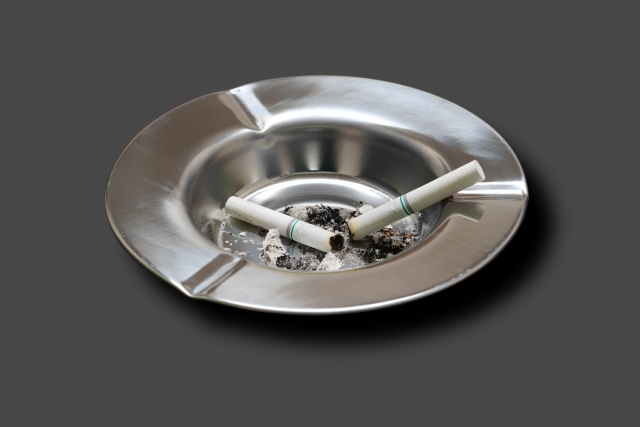
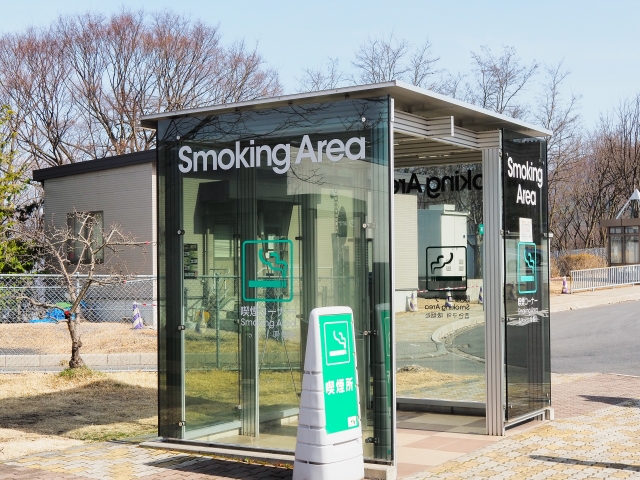
Looking back, the cleanliness of Japanese cities that foreign visitors admire so much is not something that has always existed. It’s the result of dramatic changes over the past 25 years. In a sense, Japan was lucky — by the time large numbers of tourists began visiting, our towns had already transformed into the clean, orderly spaces we see today.
Summary:
Japan’s rapid modernization and postwar economic growth caused serious pollution problems, which led to environmental awareness and education both at school and at home. Over time, this consciousness changed people’s behavior. By the early 2000s, just before the tourism boom, Japanese cities had already become remarkably clean — a transformation decades in the making.

